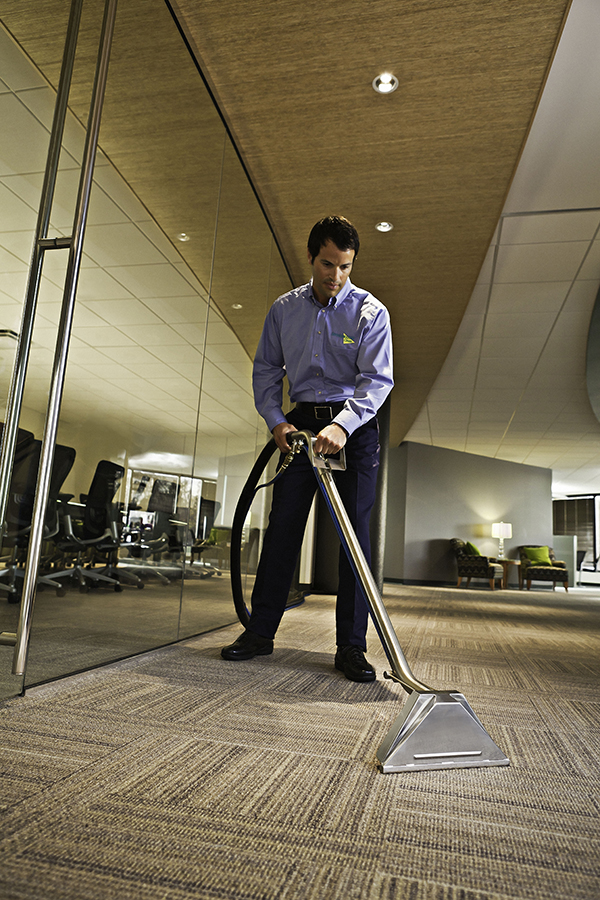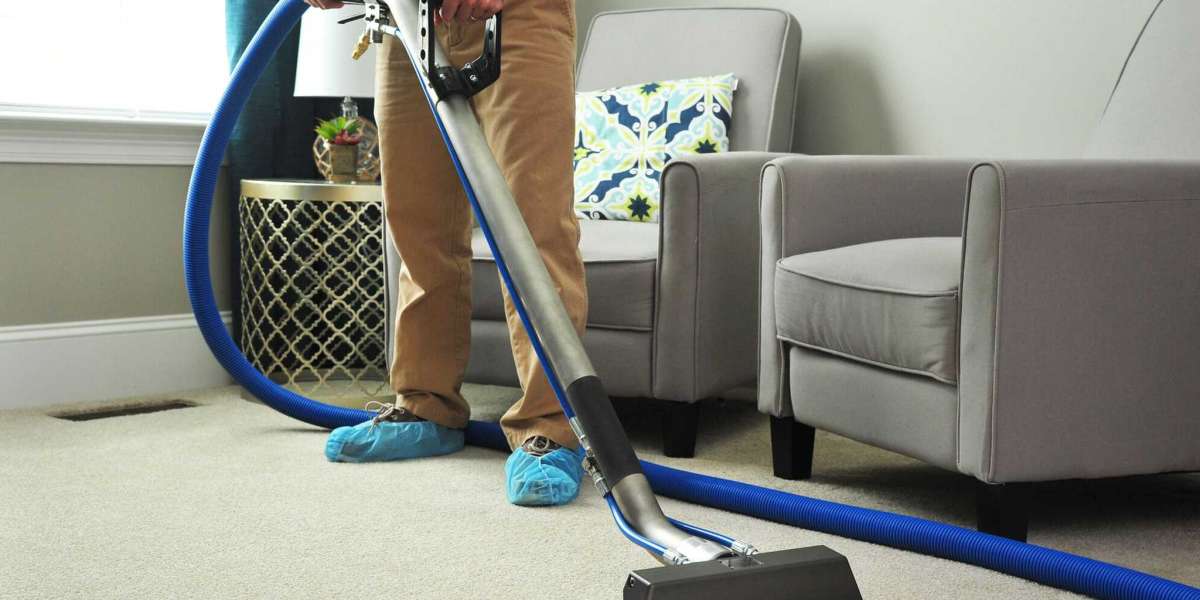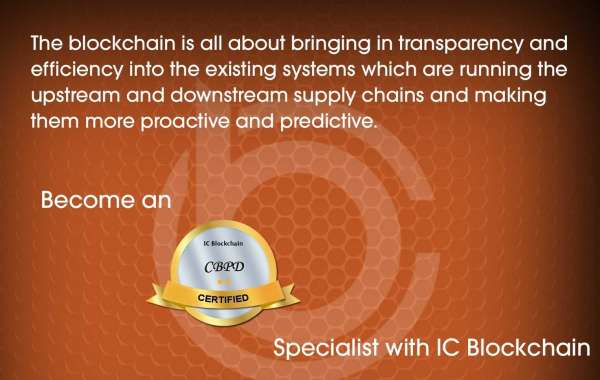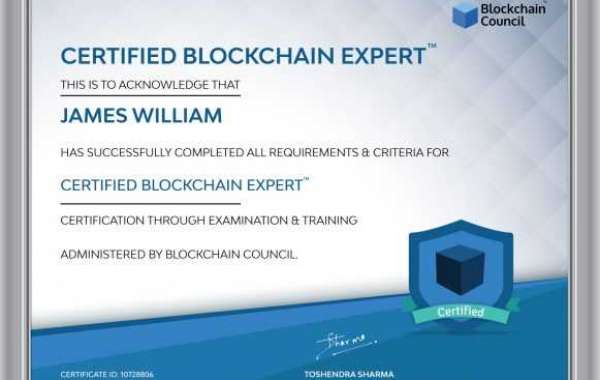Introduction
Carpets are a prevalent flooring choice in residential and commercial spaces due to their aesthetic appeal, comfort, and insulation properties. However, carpets also serve as reservoirs for dirt, allergens, and other pollutants, necessitating regular cleaning to maintain hygiene and prolong their lifespan. This article explores various carpet cleaning methods, the science behind them, and the latest innovations in the industry.
The Importance of Carpet Cleaning
Carpet cleaning is essential for several reasons:
- Health Benefits: Carpets can trap dust mites, pet dander, mold spores, and other allergens. Regular cleaning helps mitigate these health risks, particularly for individuals with respiratory conditions or allergies.
- Aesthetic Appeal: Clean carpets enhance the overall appearance of a space. Stains and dirt can detract from a room's aesthetic, making regular maintenance crucial for homeowners and businesses alike.
- Longevity: Regular cleaning can extend the life of carpets by preventing dirt and grime from breaking down fibers, thus preserving their appearance and functionality.
Common Carpet Cleaning Methods
There are several methods of carpet cleaning, each with its advantages and limitations:
1. Dry Cleaning
Dry cleaning involves the use of specialized machines that apply a cleaning solvent to the carpet. This method is popular because it requires minimal drying time, making it ideal for commercial environments. The process typically includes:
- Pre-treatment: Application of a cleaning solution to loosen dirt.
- Absorbent compound: A dry cleaning compound is spread over the carpet, which absorbs dirt and is then vacuumed away.
2. Steam Cleaning (Hot Water Extraction)
Steam cleaning, or hot water extraction, is one of the most effective methods for deep cleaning carpets. The process includes:
- Pre-spray: A cleaning solution is applied to the carpet to break down dirt and stains.
- Hot water extraction: Hot water is injected into the carpet fibers at high pressure and then immediately extracted, along with the dissolved dirt.
3. Bonnet Cleaning
Bonnet cleaning is often used in commercial settings for maintenance cleaning. This method involves:

- Absorbent pad: A rotating pad soaked in a cleaning solution is used to agitate the carpet surface.
- Vacuuming: After cleaning, the area is vacuumed to remove dirt and cleaning residue.
4. Shampooing
Carpet shampooing involves applying a foamy cleaning solution to the carpet, which is then agitated and extracted. This method can be effective in removing dirt and stains but may leave behind residues if not properly rinsed.
Innovations in Carpet Cleaning Technology
The carpet cleaning industry has seen significant advancements in technology and techniques. Some of the most noteworthy innovations include:
1. Eco-Friendly Cleaning Solutions
With growing environmental concerns, manufacturers have developed eco-friendly cleaning products that are biodegradable and non-toxic. These solutions are effective in removing dirt and stains while being safe for both the environment and human health.
2. Robotic Carpet Cleaners
Robotic vacuum cleaners equipped with advanced sensors and cleaning technologies have revolutionized carpet maintenance. These devices can navigate around furniture, detect dirt, and clean autonomously, making them a convenient option for regular carpet upkeep.
3. Advanced Extraction Technologies
New extraction technologies, such as low moisture and encapsulation methods, are gaining popularity. These systems use less water and allow for quicker drying times, reducing the risk of mold and mildew growth.
4. Smart Technology Integration
Smart carpet cleaning systems can be controlled through mobile apps, allowing users to schedule cleanings and monitor performance. These systems often come equipped with sensors that adjust cleaning modes based on the level of dirt detected.
Best Practices for Carpet Maintenance
To ensure carpets remain clean and in good condition, consider the following best practices:
- Regular Vacuuming: Frequent vacuuming prevents dirt from accumulating and prolongs the life of the Premier Carpet Cleaning. High-traffic areas may require daily vacuuming, while less-used areas can be vacuumed weekly.
- Spot Cleaning: Address spills and stains immediately using appropriate cleaning solutions to prevent permanent damage. Blot the area gently rather than rubbing to avoid spreading the stain.
- Professional Cleaning: Schedule professional carpet cleaning at least once a year, or more frequently in high-traffic areas. This ensures deep cleaning and helps maintain the carpet's appearance and hygiene.
- Use of Mats and Runners: Placing mats at entryways and runners in high-traffic areas can significantly reduce dirt and debris tracked onto carpets.
- Proper Furniture Arrangement: Avoid heavy furniture resting on carpets for extended periods, as this can cause indentations. Use furniture coasters to distribute weight evenly.
Conclusion
Carpet cleaning is a vital aspect of maintaining a healthy, aesthetically pleasing, and long-lasting flooring solution. With various cleaning methods available, understanding their benefits and limitations can help consumers make informed choices. Continuous innovations in cleaning technology and eco-friendly practices are paving the way for more effective and sustainable carpet care. By adopting best practices and staying informed about the latest advancements, homeowners and businesses can ensure their carpets remain clean and vibrant for years to come.







